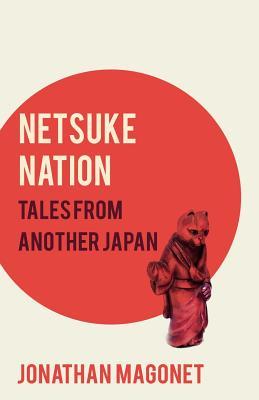In a world that knows too well the anguish inherent in the clash of old ways and new lifestyles, Margaret Cravenas classic and timeless story of a young man's journey into the Pacific Northwest is as relevant today as ever. Here amid the grandeur of British Columbia stands the village of Kingcome, a place of salmon runs and ancient totems - a village so steeped in time that, according to Kwakiutl legend, it was founded by two brothers left on earth after the great flood. Yet in this Eden of such natural beauty and richness, the old culture of totems and potlaches is under attack - slowly being replaced by a new culture of prefab houses and alcoholism. Into this world, where an entire generation of young people has become disenchanted and alienated from their heritage, Craven introduces Mark Brian, a young vicar sent to the small isolated parish by his church. This is Mark's journey of discovery - a journey that will teach him about life, death, and the transforming power of love.
Goodreads Description
I loved this book. It is short (only 146 pages) and in many ways quite simple tale, but it moved me profoundly. At its heart is a man (the young vicar Mark) finding himself and his place in the context of nature. He does so as he comes to understand Here every bird and fish knew its course. Every tree had its own place upon this earth. Only man had lost his way.
But it is just Mark who has lost his way, but also the younger members of the Kwakiutl tribe. This is personified in the clash of two young men: Jim, the young man who helps Mark, and Gordon who leaves the tribal lands for the city. Both men love Keetah, who must choose between the old tribal life and the white man's city. As the bishop tells Mark: The Indian knows his village and feels for his village as no white man for his country, his town or even his own bit of land... The myths are the village and the winds and the rains. The river is the village and the black and white killer whales... The village is the salmon... the seal... the bluejay... Throughout the book we, like Mark, learn to regret the loss of the tribe's old ways and affinity with the natural world of their land. The clash of cultures may be unavoidable but the reader shares Mark's sadness at what is lost.
Mark's approach to the tribe and its beliefs is contrasted with two other sets of visitors. He refuses to help some Californian tourists gawp at the villagers. Then an English woman anthropologist arrives, who criticizes Mark's calling: What a shame that Christianity had come her! If the white man had not intruded.... the village would have remained a last stronghold of a culture which was almost gone. But she leaves after ten days having finished her studies. Mark's sympathetic commitment to the tribe's customs is demonstrated when he helps preserve the old tribal burial ground.
On the first page of the novel we discover that Mark is dying, but he doesn't know until quite late in the novel. This creates a tension within the story. According the tribal belief a dying man hears the owl call his name, and this happens to Mark. But this is more than just a bit of magic. The bishop has previously said, when talking about the Indian view of the village, that the village is the talking bird, the owl, who calls the man who is going to die. Throughout the book the village has called to the dying man.
But it is just Mark who has lost his way, but also the younger members of the Kwakiutl tribe. This is personified in the clash of two young men: Jim, the young man who helps Mark, and Gordon who leaves the tribal lands for the city. Both men love Keetah, who must choose between the old tribal life and the white man's city. As the bishop tells Mark: The Indian knows his village and feels for his village as no white man for his country, his town or even his own bit of land... The myths are the village and the winds and the rains. The river is the village and the black and white killer whales... The village is the salmon... the seal... the bluejay... Throughout the book we, like Mark, learn to regret the loss of the tribe's old ways and affinity with the natural world of their land. The clash of cultures may be unavoidable but the reader shares Mark's sadness at what is lost.
Mark's approach to the tribe and its beliefs is contrasted with two other sets of visitors. He refuses to help some Californian tourists gawp at the villagers. Then an English woman anthropologist arrives, who criticizes Mark's calling: What a shame that Christianity had come her! If the white man had not intruded.... the village would have remained a last stronghold of a culture which was almost gone. But she leaves after ten days having finished her studies. Mark's sympathetic commitment to the tribe's customs is demonstrated when he helps preserve the old tribal burial ground.
On the first page of the novel we discover that Mark is dying, but he doesn't know until quite late in the novel. This creates a tension within the story. According the tribal belief a dying man hears the owl call his name, and this happens to Mark. But this is more than just a bit of magic. The bishop has previously said, when talking about the Indian view of the village, that the village is the talking bird, the owl, who calls the man who is going to die. Throughout the book the village has called to the dying man.


